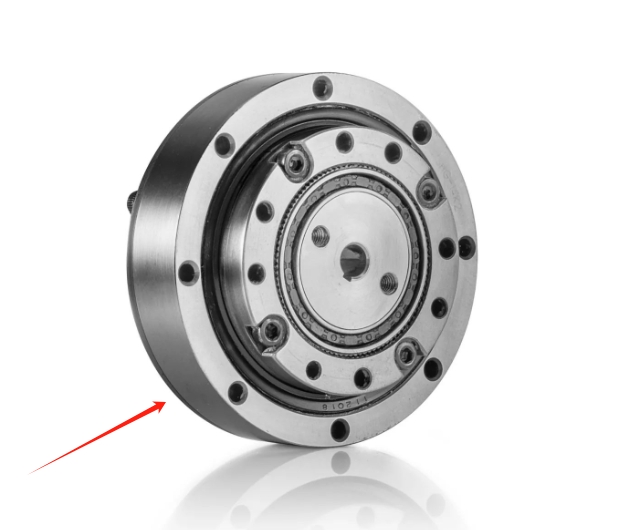A harmonic reducer is a mechanical device that is commonly used in various industrial applications to reduce the speed and increase the torque of an input shaft. It is a type of gear mechanism that incorporates a series of flexspline, wave generator, and circular spline components. The unique design and operation of a harmonic reducer allow it to achieve high-torque output with exceptional precision and efficiency. This essay aims to explore the concept of harmonic reducers and shed light on their functioning and significance in modern industries.
At the heart of a harmonic reducer lies a flexspline, which is constructed using a thin metal band with external teeth. The flexspline is enveloped by a circular spline, which has an internal set of teeth that mesh with the external teeth of the flexspline. The wave generator is the central component of the system and is designed to control the flexspline's deformation, enabling the transmission of motion and power. When the wave generator rotates, it causes the flexspline to deform, resulting in the teeth engagement and transmission of torque from the input shaft to the output shaft.
The unique construction and operation of a harmonic reducer offer several advantages over traditional gearbox alternatives. Firstly, harmonic reducers have a high torque-to-weight ratio, making them ideal for applications where weight reduction and compactness are crucial. Additionally, they exhibit exceptional precision due to the absence of backlash, which is commonly found in traditional gear mechanisms. This precision allows for accurate and repeatable positioning in various industrial scenarios, such as robotics and automation.
Moreover, harmonic reducers provide excellent efficiency with minimal power loss. This attribute is primarily due to their ability to transmit power through elastic deformation rather than sliding friction like traditional gearboxes. As a result, harmonic reducers are highly suitable for high-precision and energy-efficient applications, leading to reduced operational costs and increased productivity.
Furthermore, the versatility of harmonic reducers makes them highly adaptable to various industries and applications. Whether it is in aerospace, automotive, robotics, or any other sector that demands precise and efficient motion transmission, harmonic reducers find their place. They are employed in motion systems, industrial robots, machine tools, and numerous other applications where high-precision, high-torque, lightweight, and compact designs are sought after.
In conclusion, harmonic reducers are sophisticated mechanical devices that have revolutionized motion transmission in industries. Their unique design and operation enable high-torque output with precision and efficiency, making them highly versatile and suitable for a wide range of applications. Their benefits, such as compactness, precision, efficiency, and adaptability, make harmonic reducers an essential component in modern industrial systems. As the demand for high-precision motion transmission continues to grow, harmonic reducers will undoubtedly play an even more crucial role in shaping the future of industrial automation and robotics.




No comments:
Post a Comment